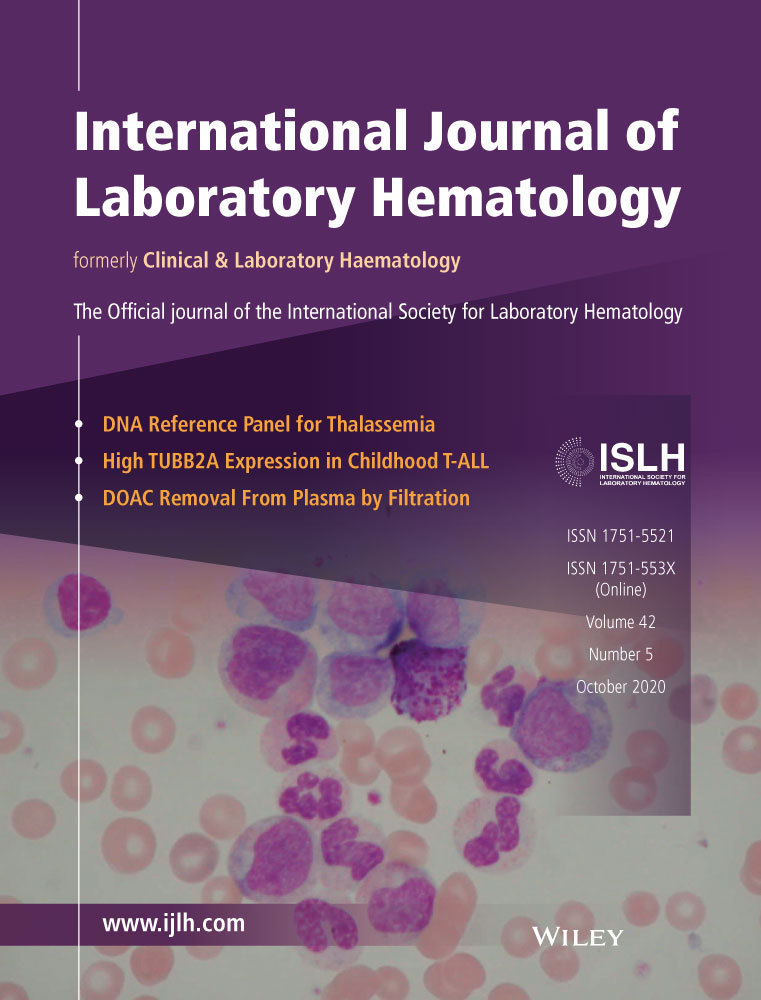Differential expression of miRNAs and their target genes: Exploring a new perspective of acquired aplastic anemia pathogenesis
Funding information
The project was funded by Sanjay Gandhi Post Graduate Institute of Medical Sciences, UP India, as a part of intramural project.
Abstract
Introduction
MicroRNAs (miRNAs) play a critical role in orchestrating T cell differentiation and activation and may thus play a vital role in acquired aplastic anemia (aAA). The study aimed to evaluate the differential expression of selected miRNAs and their relevant target genes in bone marrow samples of aAA patients.
Methods
Differential expression of 8 miRNAs viz; hsa-miR-126-3p, miR-145-5p, miR-155-5p, miR-150-5p, miR-146b-5p, miR-34a, miR-29a, and miR-29b was evaluated in the bone marrow mononuclear cells of aAA patients. TaqMan microRNA assay was performed for preparing the cDNA of specific miRNA, followed by expression analysis using qRT-PCR. Data were normalized using two endogenous controls, RNU6B and RNU48. Delta-delta CT method was used to calculate the fold change (FC) of miRNA expression in individual samples, and a FC of >1.5 was taken as significant. Target genes of these miRNAs were evaluated by qRT-PCR.
Results
Thirty five samples of aAA patients and 20 controls were evaluated. Irrespective of the disease severity, five miRNAs were found to be deregulated; miR-126 (FC-0.348; P-value-.0001) and miR-145 (FC-0.31; P-value-.0001) were downregulated, while miR-155 (FC-3.50; P-value-.0067), miR-146 (FC-3.13; P-value-.0105), and miR-150 (FC-5.78; P-value-.0001) were upregulated. Target gene study revealed an upregulation of PIK3R2, MYC, SOCS1, and TRAF-6, and downregulation of MYB.
Conclusion
This is the first study from the Indian subcontinent demonstrating the presence of altered miRNA expression in the bone marrow samples of aAA patients, suggesting their role in the pathogenesis of the disease. A comprehensive study focusing on the effect of these miRNA-mRNA interactions is likely to open new avenues of management.
CONFLICT OF INTERESTS
The authors declare that they do not have any conflict of interest.




